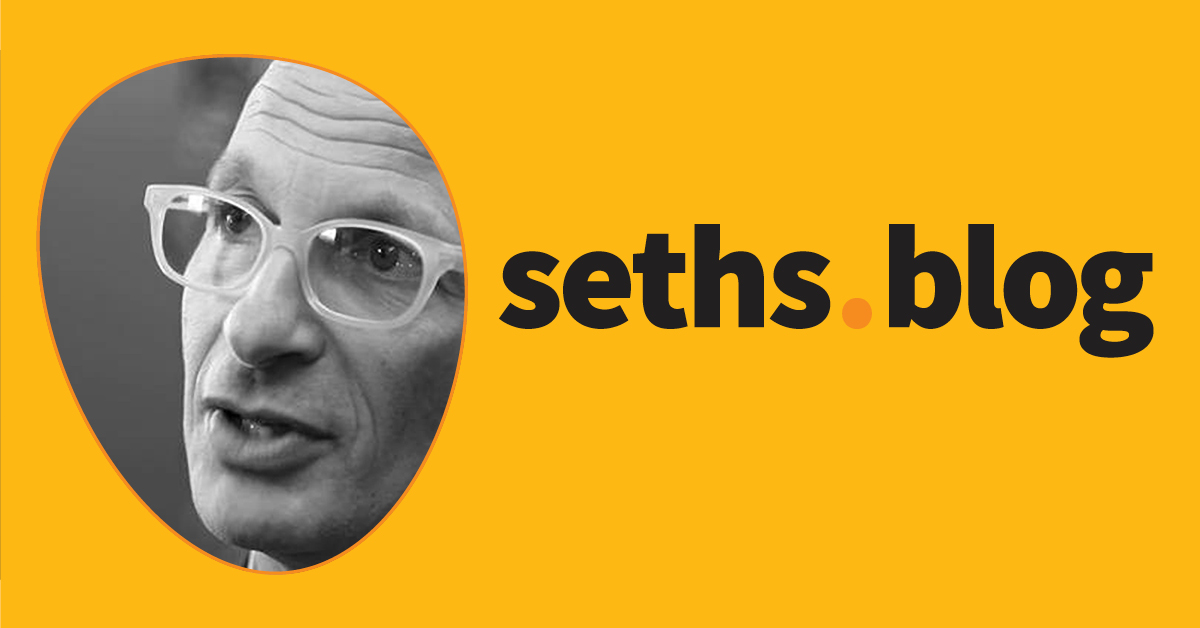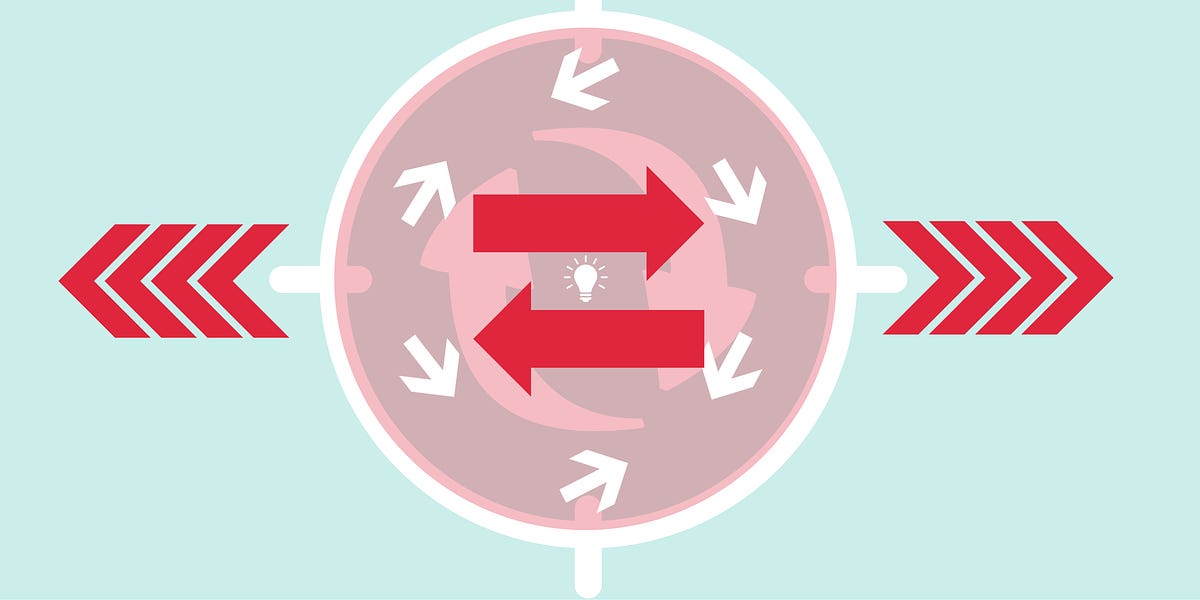- The Solo Founder Newsletter
- Posts
- 📰 idea generation pipelines
📰 idea generation pipelines
Ever since the Lean Startup became a reality, people like Eric Ries have widely built upon the belief that ideas are overrated. According to this belief, success is not about having ideas in the entrepreneurial world.
This issue is sponsored by….
Thanks to beehiiv, I no longer have to maintain my Wordpress site + 20 billion other plugins just to have a working newsletter. I’m proud to have them as a sponsor. If you’re interested in starting a newsletter, please do check out beehiiv. They have a very generous free plan to get started.
Today’s meme:

📰 In today’s pick…
The half apology
Snippets:
A half apology is a little like half a balloon. It takes effort, but it doesn’t have much utility.
Honoring the moment, an apology is a chance to reconnect and actually move forward. If that’s not your goal, a half-apology might be fine, but don’t expect much to come of it. If you can’t see or accept the other person’s situation, you haven’t responded to the very thing that prompted the apology in the first place.
Seth Godin’s blog
idea generation pipelines
Snippets:
The common belief is that you are either born creative or you will never be.
However, this belief has long been contradicted by recent neuroscience discoveries, especially tied to the plastic structure of our brains.
Michael Merzenich, the author of Soft-Wired, explains:
Whatever the circumstances of a child’s early life, and whatever the history and current state of that child, every human has the built-in power to improve, to change for the better, to significantly restore, and often to recover. Tomorrow, that person you see in the mirror can be a stronger, more capable, livelier, more powerfully centered, and still-growing person.
This is not rhetoric but the fruit of a scientific inquiry that, over the last decades, has shown how our brain is elastic and plastic.
This, in practice, means that with the proper habits in place, you can tweak your brain to work in your favor.
And in particular, you can enhance your creative flow. Thus, having a continuous flow of ideas that you can test in the real world to build viable business models.
America’s Favourite Store
Snippets:
Trader Joe’s stores are a thing of beauty: They stock about 4,000 items, a tenth of the number stocked by their competitors. Because they stock so few items, Trader Joe’s locations are smaller while feeling well-stocked and busy. A small store size allows the firm to occupy less space, pay less in its leases, and open locations with less overhead than other grocery brands. Customers note this: Less time trying to find where things are allows them to focus on their shopping lists. Trader Joe’s customers are young, educated, and on the go—they don’t have time to try to find items. Furthermore, stocking a few items keeps customers returning: It eliminates choice. While Walmart might offer thirty types of maple syrup, Trader Joe’s offers just one or two. Studies show this boosts customer satisfaction; otherwise, customers will worry about their choices (The paradox of choice).
Faster Than Normal
How to Negotiate
Snippets:
You don’t get what you deserve, you get what you negotiate Jack Nasher: A couple of other points:
One of the biggest negotiation mistakes is the belief in a just world.
We remember the Disney movies and the fairy-tales where the good guy marries the princess and the bad guy gets punished, or has to leave the city or go to prison (or in German fairy-tales, the bad guy gets tortured to death and fed to the dogs) The lesson is clear: You do something evil, you get punished, you do something good, you marry a princess or whatever, but of course we know that’s wrong.
However very often before we negotiate or during the process of the negotiation we think I’ll get what I deserve, my boss or my client knows what I’ve achieved for them etc.
But that’s bullshit. You don’t get what you deserve. You get what you negotiate. It’s as simple as that. So keep that in mind and be aware of it.
A Product Positioning Exercise
Snippets:
Step 1: Let go of where you came from Weak positioning is usually the result of hanging on to a “default” market position that is rooted in the history of the product idea.
Most product ideas come from a desire to stretch the capabilities of what exists today. “We want to build a CRM with special features for lawyers” or “We want to make an animation tool that kids can use” or “We want to build a training platform for gamers to improve their game skills”. What happens however is that often as you stretch that idea further and further out, it becomes something else completely, to the point where you aren’t in the market where you began.
Coming back to my “database” example from earlier. The company was founded by database experts with the goal of building a better database. We never considered that the solution we built could be anything BUT a database. However, when we tried to describe our value to prospects, they couldn’t understand why they would buy a “database” to do that. Not only that, they already had a database that did a lot of other things better than we did. Positioning ourselves in the database market highlighted what we couldn’t do, put us into direct competition with a very strong competitor, and made our critical value seem like an unimportant add-on. We had successfully built an awesome solution for analyzing a very large amount of data, but it was a kinda lousy database. We were hanging on to our own history so tightly we simply couldn’t see that.
Step 1 is about letting go of the original idea of what you set out to build. Letting go of that historical baggage will help you get clear on where you are right now, the value you deliver today and the best way to put that in the centre of your positioning.
April Dunford
How To Build A One-Person Media Empire Without spending any $
Snippets:
The Power Of Personal Brand:
I’ve seen hundreds of creators build mini-empires on the internet.
These businesses are simple to set up - they use free (or low-cost) technology, require no employees, and can scale nicely.
Let’s quickly examine a few Twitter native influencers:
Justin Welsh: In 2019, he walked away from his career as a tech sales executive and began consulting. To get clients, he would post on Twitter and Linkedin. As of 2022, he’s generated $2.5M in revenue, built a 55k+ newsletter, and launched a thriving course business.
Sahil Bloom: In 2020, Sahil was a Vice President at a venture capital firm with a relatively limited social presence. By 2022, he’d mastered Twitter threads and has grown to 720k+ followers, a 125k+ newsletter business, an agency, and a $10M fund to invest in early-stage companies.
Trung Phan: Before 2020, Trung had spent his career in tech and banking. In 2020, he joined The Hustle as a writing lead. Since then, he’s grown his Twitter following to 499k+ followers, partnered with WorkWeek, launched a thriving newsletter, and hosts a top podcast with Not Investment Advice.
Just because it’s simple doesn’t mean it’s easy. Media businesses require quality content and extreme consistency.
You must learn how to “play” the platforms and build systems.
But if you take the time to learn this skill, it’ll change your life.
Capital Letter
This is the free edition of The Solo Founder Newsletter. If you haven’t upgraded, to sign up for the full newsletter experience, plus the monthly roundups and additional perks, click here




